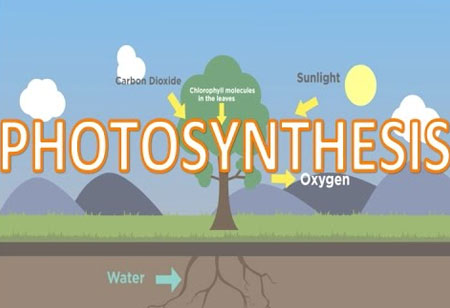THANK YOU FOR SUBSCRIBING
Be first to read the latest tech news, Industry Leader's Insights, and CIO interviews of medium and large enterprises exclusively from Food and Beverage Tech Review
New Methods to Tweaking Photosynthesis to Boost Plant Growth
The photosynthesis process makes use of the chemical chlorophyll that gives plants the necessary green color and helps absorb the light.

By
Food and Beverages Tech Review | Thursday, February 14, 2019
Stay ahead of the industry with exclusive feature stories on the top companies, expert insights and the latest news delivered straight to your inbox. Subscribe today.
The photosynthesis process makes use of the chemical chlorophyll that gives plants the necessary green color and helps absorb the light. The plants use photosynthesis to obtain carbohydrates from inorganic substances. Researchers have demonstrated that the crop yields could be boosted to 40 percent by fixing the common issues in photosynthesis.
The photosynthesis process involves the production of an enzyme called RuBisCo that extracts carbon dioxide molecules and convert it into bio-liveable sugar molecules. RuBisCo is a first step involved in the carbon fixation. In spite of this major role, RuBisCo is still efficient remarkably; it fixes only three carbon dioxide molecules per second. For about 25 percent of the times, it incorrectly collects oxygen molecules, which disrupts the entire photosynthesis process. RuBisCo is known among the most inefficient enzyme.
Photorespiration is an anti-photosynthesis process which takes up oxygen in the light and converts it to carbon dioxide molecules, thereby wasting some energy produced by photosynthesis. In some food crops like rice and soybean, photorespiration costs up to 20-50 percent of the plants’ photosynthesis energy. In the journal Molecular Plant, a new bioengineering approach was proposed that boost photosynthesis in rice plants up to 27 percent more gain in output. The researchers found a new approach in their study that diverts carbon dioxide from photorespiration to photosynthesis. They converted glycolate, a molecule produced by photorespiration to carbon dioxide with the help of three enzymes: glycolate oxidase, oxalate oxidase, and catalase. The cost of photorespiration is enormous. The abolition of photorespiration could lead to an increase of up to 55 percent in photosynthesis, putting photorespiration at the center of attention in efforts to improve photosynthetic efficiency and yield. As a result, the photorespiration rate was reduced by 18-31 percent as compared to normal. And the net photosynthetic rate increased by 15-22 percent, mainly due to higher cellular carbon dioxide concentrations used for photosynthesis.
There are many possible strategies to increase photosynthesis: altering the efficiency of RuBisCo or RuBisCo activase, reducing photorespiration, or reducing the negative effect of sugar accumulation. Another method is by increasing the carbon dioxide concentration: better efficiency could be achieved particularly in sugarcane crops.
I agree We use cookies on this website to enhance your user experience. By clicking any link on this page you are giving your consent for us to set cookies. More info







